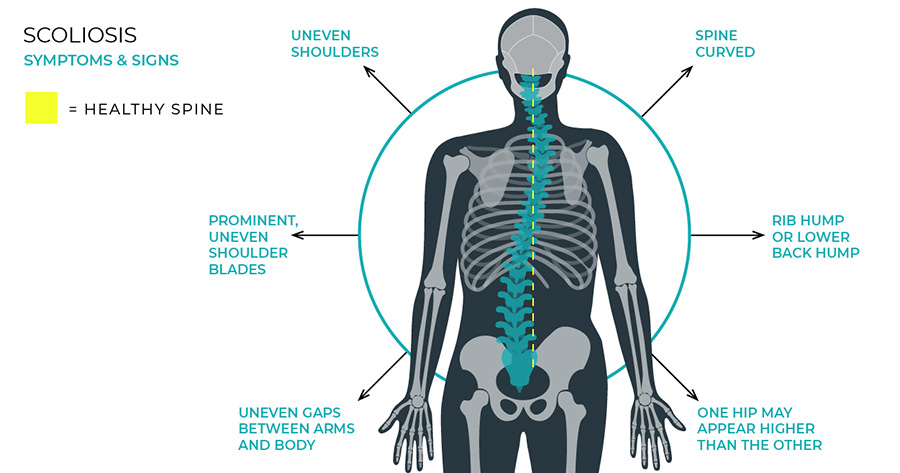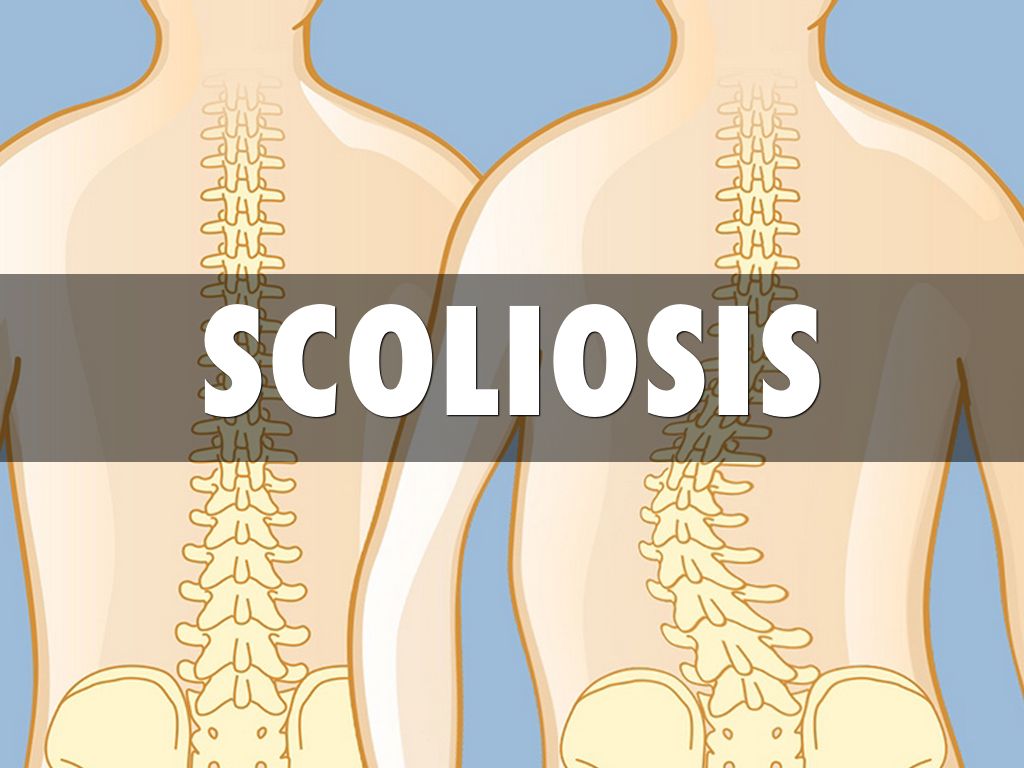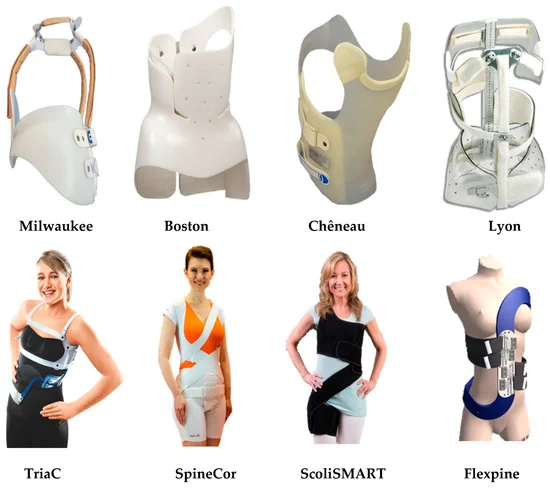Scoliosis is a condition characterized by an abnormal curvature of the spine. While it is commonly associated with adolescents, scoliosis can also affect adults. Adult scoliosis can be caused by various factors, including degenerative changes in the spine, previous untreated scoliosis, or the progression of a pre-existing curvature. In some cases, adult scoliosis can cause pain, discomfort, and limited mobility. Back braces are often recommended as a non-surgical treatment option for adult scoliosis. This article aims to explore the effectiveness of back braces in adult scoliosis treatment and provide considerations for their usage.

Understanding Scoliosis in Adults
Scoliosis in adults is typically classified into two categories: degenerative scoliosis and idiopathic scoliosis. Degenerative scoliosis occurs due to the natural wear and tear on the spine as a person ages. It is often associated with conditions such as osteoarthritis and spinal stenosis. Idiopathic scoliosis, on the other hand, refers to scoliosis that develops during adulthood without a known cause. It can be a progression of a pre-existing curvature from childhood or a new onset of scoliosis.

The Role of Back Braces in Scoliosis Treatment
Back braces are commonly used in the treatment of scoliosis to help stabilize the spine and prevent further progression of the curvature. They work by applying pressure to the spine, which helps to correct the abnormal curvature and improve posture. In adult scoliosis, back braces are primarily used to alleviate pain, improve function, and enhance the quality of life.
Types of Back Braces for Adult Scoliosis
There are several types of back braces available for adult scoliosis, each designed to address specific needs and curvatures. The most common types include the Boston brace, the Charleston bending brace, and the Milwaukee brace. The Boston brace is a rigid brace that covers the torso and is custom-made to fit the individual’s body shape. The Charleston bending brace is a nighttime brace that is worn while sleeping and applies corrective forces to the spine. The Milwaukee brace is a full-torso brace that extends from the neck to the pelvis and is often used for more severe curvatures.

Effectiveness of Back Braces in Adult Scoliosis Treatment
The effectiveness of back braces in adult scoliosis treatment varies depending on the individual’s specific condition and the severity of the curvature. While back braces cannot cure scoliosis, they can help manage symptoms and prevent further progression of the curvature. According to a study published in the journal Spine, the use of back braces in adult scoliosis treatment resulted in a significant reduction in pain and improved quality of life for patients.
Benefits of Using Back Braces for Adult Scoliosis
Using back braces for adult scoliosis treatment offers several benefits. Firstly, they provide support and stability to the spine, which can help alleviate pain and discomfort. Secondly, back braces can improve posture and alignment, leading to better overall body mechanics. This can help reduce strain on the muscles and joints, improving mobility and function. Additionally, back braces can provide psychological benefits by boosting self-confidence and body image.
Considerations Before Using Back Braces for Adult Scoliosis
Before using back braces for adult scoliosis, it is important to consider several factors. Firstly, it is crucial to consult with a healthcare professional who specializes in scoliosis treatment to determine the most appropriate treatment plan. They will assess the severity of the curvature, the individual’s overall health, and any potential contraindications for brace usage. Additionally, it is important to consider the individual’s lifestyle and daily activities, as some braces may be more suitable for certain lifestyles than others.
Proper Fitting and Usage of Back Braces
Proper fitting and usage of back braces are essential for their effectiveness. Back braces should be custom-made to ensure a proper fit and maximum comfort. A trained healthcare professional should measure and fit the brace to the individual’s body shape. It is important to wear the brace as instructed by the healthcare professional, typically for a specified number of hours each day. Regular follow-up appointments should be scheduled to monitor progress and make any necessary adjustments to the brace.
Potential Side Effects of Back Braces in Adult Scoliosis Treatment
While back braces are generally safe and well-tolerated, there are potential side effects that individuals should be aware of. Some common side effects include skin irritation, muscle weakness, and decreased lung capacity. Skin irritation can occur due to prolonged contact with the brace, and it is important to maintain good hygiene and regularly clean the brace to prevent skin issues. Muscle weakness can develop if the muscles are not actively engaged while wearing the brace, so it is important to perform exercises recommended by a healthcare professional. Decreased lung capacity can occur if the brace restricts the expansion of the chest, so it is crucial to practice deep breathing exercises to maintain lung function.
Alternative Treatment Options for Adult Scoliosis
While back braces are a commonly used treatment option for adult scoliosis, there are alternative options available. Physical therapy and exercise programs can help strengthen the muscles surrounding the spine, improve flexibility, and alleviate pain. Pain management techniques, such as medication or injections, may also be recommended to manage symptoms. In some cases, surgical intervention may be necessary to correct severe curvatures or alleviate pain that is unresponsive to conservative treatments.
Expert Recommendations on Back Braces for Adult Scoliosis
Experts generally recommend the use of back braces as a conservative treatment option for adult scoliosis. According to the Scoliosis Research Society, back braces can be effective in reducing pain and improving function in adult scoliosis patients. However, it is important to note that the effectiveness of back braces may vary depending on the individual’s specific condition and the severity of the curvature. Therefore, it is crucial to consult with a healthcare professional who specializes in scoliosis treatment to determine the most appropriate treatment plan.
Schlussfolgerung
Back braces can be an effective non-surgical treatment option for adults with scoliosis. They can help alleviate pain, improve posture, and enhance overall quality of life. However, it is important to consider individual factors, such as the severity of the curvature and lifestyle, before using back braces. Proper fitting and usage of back braces are crucial for their effectiveness, and regular follow-up appointments should be scheduled to monitor progress. While back braces are generally safe, potential side effects should be considered. Alternative treatment options may also be explored depending on the individual’s specific condition. Consulting with a healthcare professional who specializes in scoliosis treatment is essential to determine the most appropriate treatment plan for adult scoliosis.
Referenzen
- Weinstein SL, Dolan LA, Cheng JC, et al. "Idiopathische Skoliose bei Jugendlichen". Lancet. 2008;371(9623):1527-1537. doi: 10.1016/S0140-6736(08)60658-3.
- Negrini S, Donzelli S, Aulisa AG, et al. "SOSORT-Leitlinien 2016: Orthopädische und rehabilitative Behandlung der idiopathischen Skoliose während des Wachstums". Skoliose und Wirbelsäulenbeschwerden. 2018;13:3. doi: 10.1186/s13013-018-0175-8.
- Trobisch P, Suess O, Schwab F. "Idiopathische Skoliose". Dtsch Arztebl Int. 2010;107(49):875-883. doi: 10.3238/arztebl.2010.0875.
- Bettany-Saltikov J, Weiss HR, Chockalingam N, et al. "Chirurgische versus nicht-chirurgische Interventionen bei jugendlicher idiopathischer Skoliose". Cochrane Datenbank Syst Rev. 2015;2015(4). doi: 10.1002/14651858.CD010663.pub2.
- Lonstein JE, Carlson JM. "Die Vorhersage der Kurvenprogression bei unbehandelter idiopathischer Skoliose während des Wachstums". J Bone Joint Surg Am. 1984;66(7):1061-1071. doi: 10.2106/00004623-198466070-00008.
- Kaspiris A, Grivas TB, Weiss HR, Turnbull D. "Skoliose: Überblick über Diagnose und Behandlung". Internationale Zeitschrift für Orthopädie. 2013;37(1):34-42. doi: 10.1038/s41390-020-1047-9.
- Monticone A, Cazzaniga D, Rocca B, Ferrante S. “The effectiveness of an intensive rehabilitation program for adult scoliosis.” Eur Spine J. 2015;24(7):1434-1441. doi: 10.1007/s00586-015-3985-6.
- Hresko MT. “Management of scoliosis in adults.” Orthop Clin North Am. 2015;46(3):345-355. doi: 10.1016/j.ocl.2015.02.004.
- Schreiber S, Parent E, Hedden D, et al. “Effectiveness of bracing in adolescents with idiopathic scoliosis: A systematic review.” Skoliose. 2010;5:6. doi: 10.1186/1748-7161-5-6.
- Aulisa AG, Aulisa L, Atanasio A, et al. “Brace treatment in adolescent idiopathic scoliosis: A systematic review.” Eur Spine J. 2019;28(6):1240-1252. doi: 10.1007/s00586-019-05958-1.

